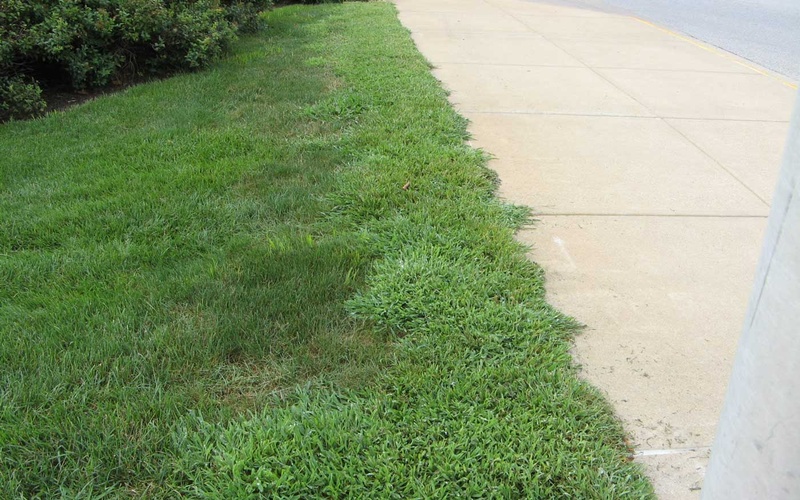
How to Control Crabgrass
Crabgrass is a homeowner’s worst enemy. This is because there is no sure-fire way to rid your landscape of this weed. This pesky weed grows at an uncontrollable rate and often has a different hue than grass. It disrupts the harmony of an otherwise beautiful lawn, because crabgrass stands out and makes the lawn uneven. This is especially true after the first killing frost of the fall season, when the weed turns brown and the areas around it remain green.
University of Florida states, “In south Florida we have about five species of crabgrass. Some are perennial and some are annual. The seeds seem to germinate year-round! One estimate says that each crabgrass plant can produce over 700 tillers and over 200,000 seeds. This makes crabgrass the cockroach of the weed domain!”
Facts about Crabgrass
- Crabgrass is an annual plant.
- It dies at first freeze, but vigorously returns when the heat returns.
- Its seeds can germinate from mid-spring to late summer.
- If a lawn is infested with crabgrass for several consecutive seasons, the soil will become rich with crabgrass seeds, and the problem will increase in severity over time.
- Crabgrass can survive in most soil conditions and is allowed to spread more rapidly when turf is stressed due to drought conditions or other harmful lawn conditions.
- There are no legal chemicals to permanently kill or to specifically control Crabgrass! The chemical, Asulox, which was available for many years, is no longer labeled for use on residential and commercial lawns.
- The only effective methods of control include killing the area with non-selective herbicides, such as RoundUp, and replace with new sod. Even this doesn’t future-proof your lawn from Crabgrass.
So…how do we control Crabgrass?
Keep your turf vigorous. A thick turf will shade out or reduce crabgrass invasions. Don’t overwater as some crabgrass species (such as dollarweed and nutsedges) love the extra water. Often the first foothold of a crabgrass invasion is in a low, moist area, so don’t scalp your lawn when you mow it. Floratam St. Augustine should be mowed at 3 to 4 inches.
Raise your tolerance level for crabgrass. Accept the fact that there will be some crabgrass in your lawn. Just attack it before it takes over large areas.
Apply a herbicide and re-sod. Sod will establish itself better if you wait and do the job during Florida’s rainy season.
Attempt to use pre-emergents. This means about 3 extra applications per year and the results will never be as good as up north because the pre-emergents break down within a short period (3 to 6 weeks or so) in Florida’s heat and rainfall. Preemergents are effective in that they “PRE”vent the crabgrass seeds in the infested areas from sprouting.
Bottom Line
Crabgrass is going to be a constant battle. As with any lawn/landscape problem, the best solution is a proactive approach. Keep your lawn and landscape healthy and plush. If your lawn is suffering, it’s an open invitation for any weed or pest to call your lawn home.